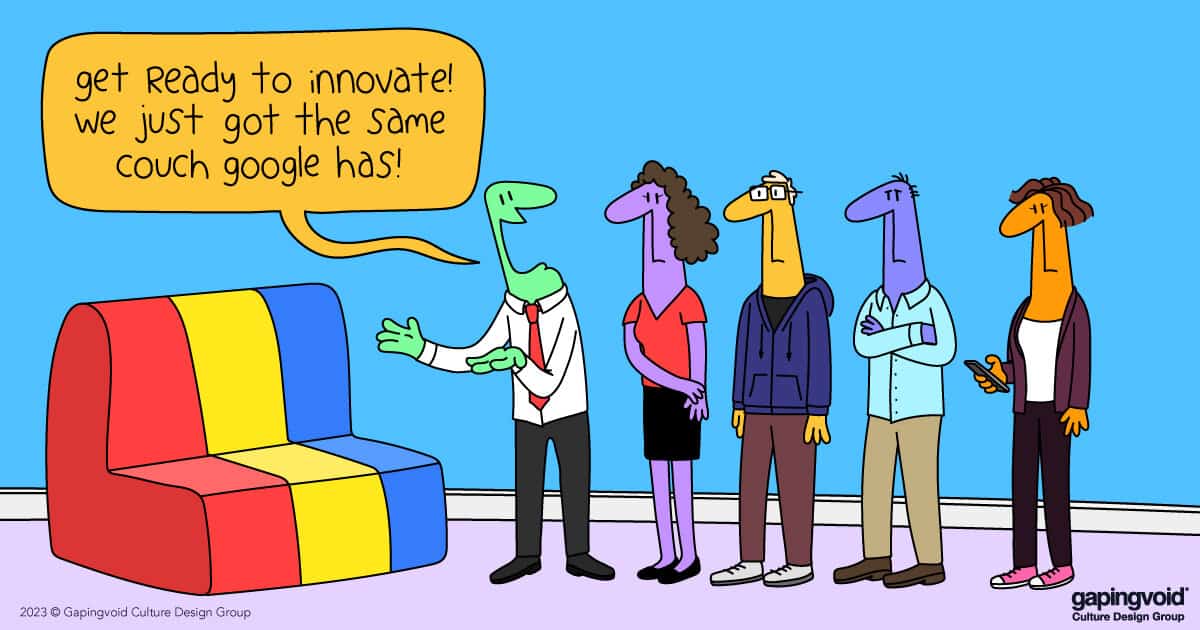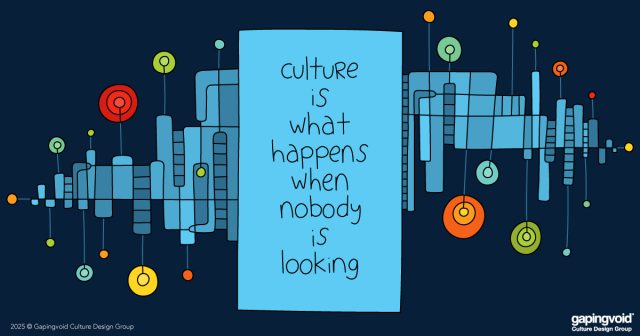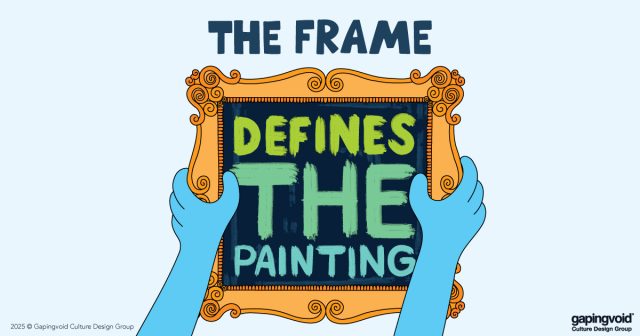
As the great Charlie Munger said in 1995 in his famous Psychology of Human Misjudgment speech at Harvard:
“Show me the incentives, and I’ll show you the outcome.”
The problem is that for decades, businesses have had an oversimplified model of incentives: monetary gifts you give someone to get them to do what you want.
More recently, research has challenged this perspective showing that money does motivate people but only up to a point where it starts to yield limiting returns. Beyond that point, other incentives become more powerful, like:
- How psychologically rewarding the work is;
- How close-knit and connected the social fabric of the company is;
- How much social prestige comes attached to the work;
And, as more and more companies are realizing: the environment of the office which can contribute to all three.
This is why some companies are turning to a new design trend: “Instagrammable offices.” They are filling their office spaces with clever decorations and aesthetic designs; unique wallpapers and bright colors. They are, in short, making their workplaces Instagrammable.
If this seems silly to you, consider this: for a generation that (1) loves and practically lives on social media and (2) entered the workforce during the age of remote work and are having to be coaxed back into offices, instagrammable offices are not nothing. In fact, they might be just what is needed to incentivize people to get back in the office enthusiastically rather than begrudgingly.
But there’s a more important question here: “What is the office actually for?” To older generations, it’s was the place where the work got done as efficiently as possible.. But for younger people who are more acclimated to working from home, it has to be more than that. The office used to be a place where we HAD to go, now it needs to be a place where we WANT to go. Leaders must take that into account.
Anyone can tell someone what to do. Real leaders inspire people to WANT to do things in the absence of force.
In Instagram terms, this means ideally a place where people go to do work that’s worth sharing. Where people go to work and collaborate with amazing people and solve tough problems together, in an equally amazing environment.
To their credit, this is the one thing Wework understood better than most. They knew that in order to attract tenants, they needed their offices to be places where the latter could at least appear to be doing interesting things with interesting people in an interesting, creative environment.
A bit superficial? Perhaps. But as Oscar Wilde famously said, “Only shallow people think appearances are unimportant.”



